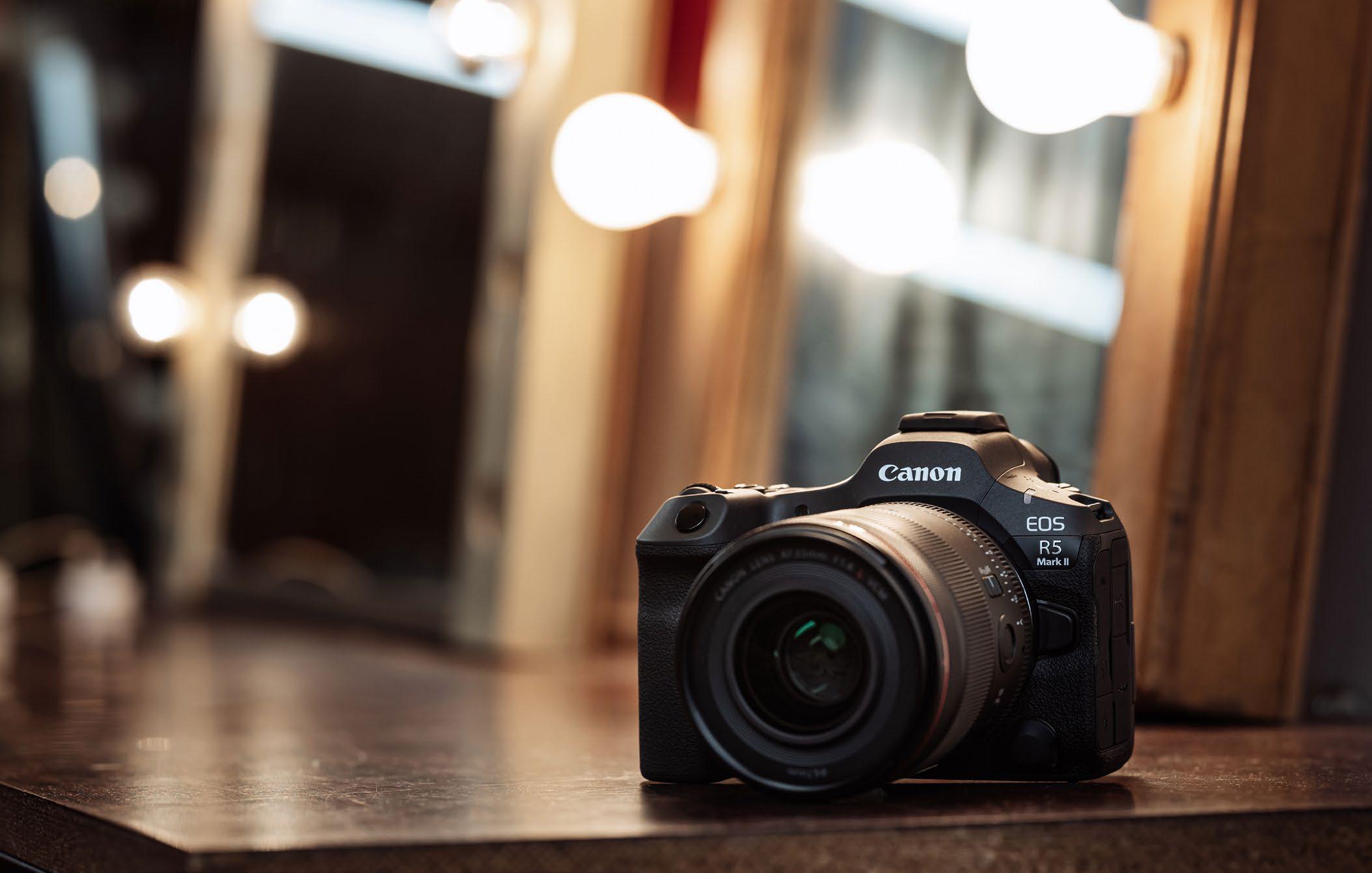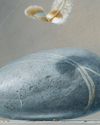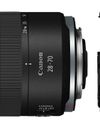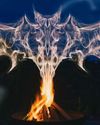
Canon has potentially made the megapixel race redundant. Gone will be the days of sensors chasing ever-higher pixel counts, and cameras may never be the same again. What am I talking about? Let me explain.
The Canon EOS R5 Mark II (and EOS R1) is packed with incredible new in-camera neural network processing tech, powered by AI and deep learning. The two biggest party tricks are 400% In-Camera Upscaling and 2-stop Noise Reduction. In-Camera Upscaling takes 45MP images taken on the R5 Mark II, and transforms them into 180MP super-sized images.
It's absolutely brilliant! Unlike post-production software such as Topaz, which has to use guesswork and AI to interpolate and completely invent the pixels and data when it upscales your images, Canon's technology doesn't have to guess anything: it knows everything about your image using the information recorded to the camera at the moment of capture.
It knows what lens you used, the aberrations created by its optical formula, the ISO sensitivity and the noise it introduces, the aperture and its effect on defocus, the white balance, the bit depth... Canon's tech simply embellishes all the information it already has about your photo.
How do you upscale an image?
Upscaling an image is simple.
This story is from the {{IssueName}} edition of {{MagazineName}}.
Start your 7-day Magzter GOLD free trial to access thousands of curated premium stories, and 9,000+ magazines and newspapers.
Already a subscriber ? Sign In
This story is from the {{IssueName}} edition of {{MagazineName}}.
Start your 7-day Magzter GOLD free trial to access thousands of curated premium stories, and 9,000+ magazines and newspapers.
Already a subscriber? Sign In

The Art of Copying Art - James Paterson shows you how to use your Canon gear to capture artwork and paintings the right way with simple camera and lighting skills
Whether you want to capture a painting like the above, digitise old prints or reproduce any kind of canvas, there's real skill in capturing artwork with your camera. Not only do you need the colours to be accurate, you also need to master the spread, angle and quality of the light to minimise glare and show the work at its best.This painting by the artist Bryan Hanlon has a wonderfully subtle colour palette. To reproduce the painting in print and digital form, it needs to be captured in the right way.

Fright night
Canon photographer and digital artist Alexander loves to craft incredible fantasy scenes with a spooky horror twist

Sharpen your shots with DPP
Sharpening a digital image also increases contrast at the edge of details

CANON ImagePrograf PRO-1100
Deeper blacks, better bronzing, greater lifespan and 5G Wi-Fi -Canon's new printer is full of new tech, says

Canon's new 'kit lens' is actually a half-price f/2.8 trinity lens!
The Canon RF 28-70mm F2.8 IS STM lacks a red ring, but borrows premium features from its L-series siblings

DREW GIBSON
Pro motorsports photographer Drew on why he hasn't (yet) switched to Canon's mirrorless system, why old-school techniques can be the most reliable, and the lessons learned from more than a decade shooting the world's biggest car brands

Up in smoke
Make a smoky shape in Affinity Photo and get to grips with the amazing Liquify Persona under the guidance of James Paterson

Expand your creativity with Generative Fill
Photoshop's Al-powered feature brings revolutionary new tools to image editing. James Paterson reveals all...

Turn your images into vintage postcards
Wish you were here? Sean McCormack explains how you can give your summer photographs a vintage postcard look

The Angel Malibu
Light painting an American movie producer in the Wadi Rum Desert in Jordan was a highly unlikely evening out for David!